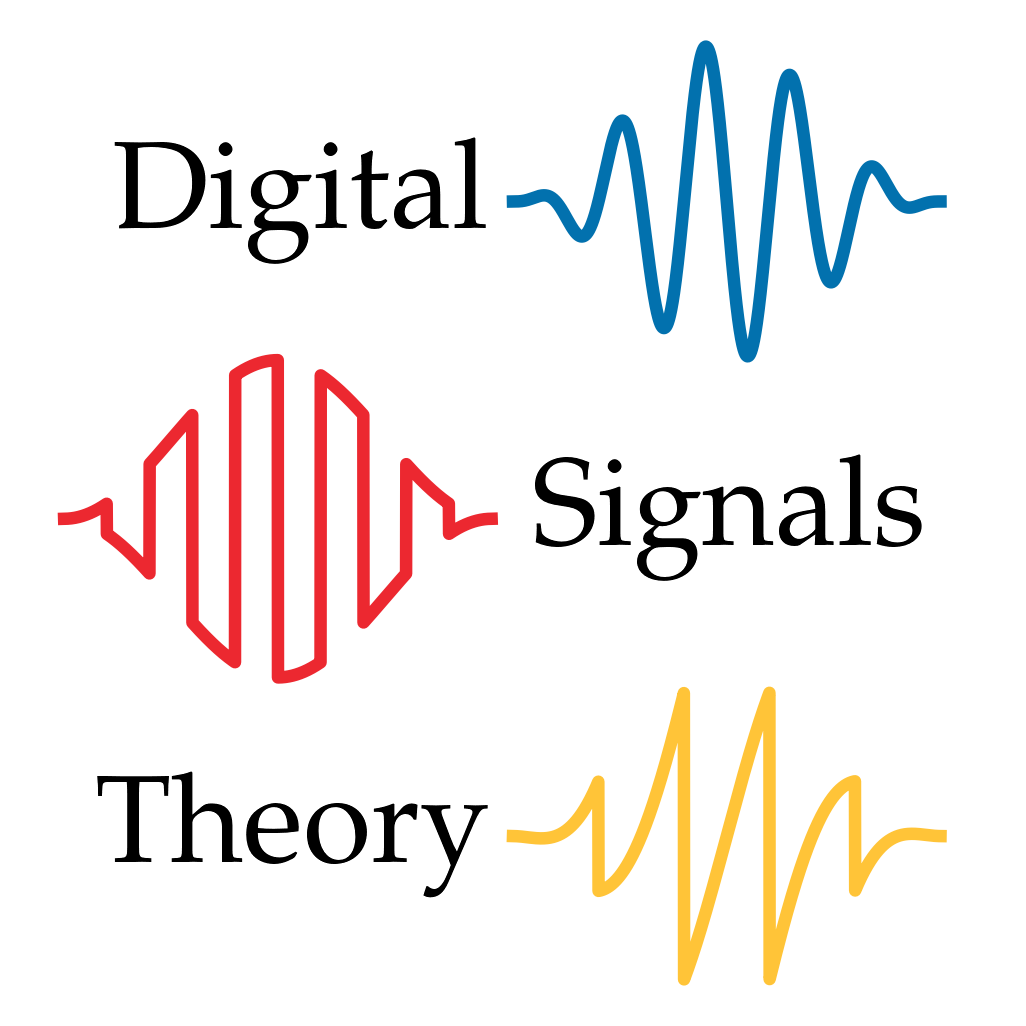Powers and waves
4.5. Powers and waves#
Now that we’ve seen how complex numbers behave when multiplied together, we might also wonder what happens when a complex number is multiplied by itself repeatedly. Of specific importance in signal processing is the sequence
If we pick an arbitrary point in this sequence, \(z^n\) for some \(n\geq 0\), we can express the corresponding term in polar form as follows
where \(z = r\cdot e^{\mathsf{j}\theta}\) and the second equality follows from the product rule for exponents.
From this, we can see that the \(n\)th step in the sequence will place the point at angle \(n\cdot \theta\), and radius \(r^n\).
If \(r < 1\), this sequence will have decreasing radius, and it will spiral into the origin. If \(r > 1\), the sequence will have increasing radius, and it will spiral out. If \(r=1\), each element will have the same radius since \(1^n = 1\): the sequence will therefore loop around the circle indefinitely.
If \(0 \leq \theta \leq \pi\), the spiral will wind counter-clockwise, and otherwise it will wind clockwise, as demonstrated below. Larger angles (closer to \(\pm\pi\)) rotate faster than smaller angles (closer to \(0\)).
